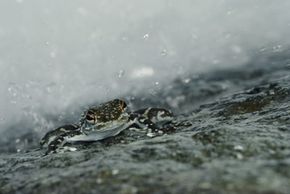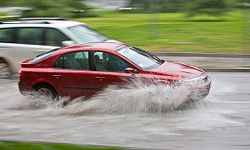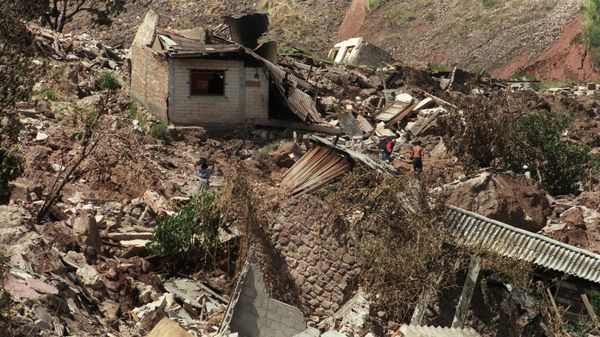Of course, you probably haven't woken up to such a grisly scene. You probably haven't been driving around in a storm and had your car pelted with what you thought was hail but turned out to be frozen frogs. But other people have. While it's not the most common weather phenomenon in the world, it's not as rare as you might think. It happens all over the world, at least since the first century A.D. -- when the Roman naturalist known as Pliny the Elder described the event -- and as recently as 2005 in Serbia.
You might hear a report of raining frogs -- and other unexpected objects, some not even organic -- at least once a decade or so. Amphibious rain seems to be picking up in frequency. In the last 20 years, newspapers have found more opportunities than ever to write about frogs falling from the sky. For unknown reasons, Britain appears to be especially susceptible in recent years. The cause of frog rain in general is less mysterious, although still a bit of a brow-furrower at times. It's also just as gross as many of us imagine. That final scene in the 1999 film "Magnolia," which left most movie goers jaw-droppingly disgusted and a little impressed, is apparently a pretty accurate portrayal of the phenomenon, according to newspaper accounts.
Advertisement
In this article, we'll find out what's actually going on when frogs rain down and what happens when they fall from the sky. Incidentally, frogs aren't the most common creatures to accompany rain. You'll understand why when we look at the process of frog rain on the next page.
But our first question is the most obvious one: How in the world do the frogs get up in the sky in the first place?
Advertisement




